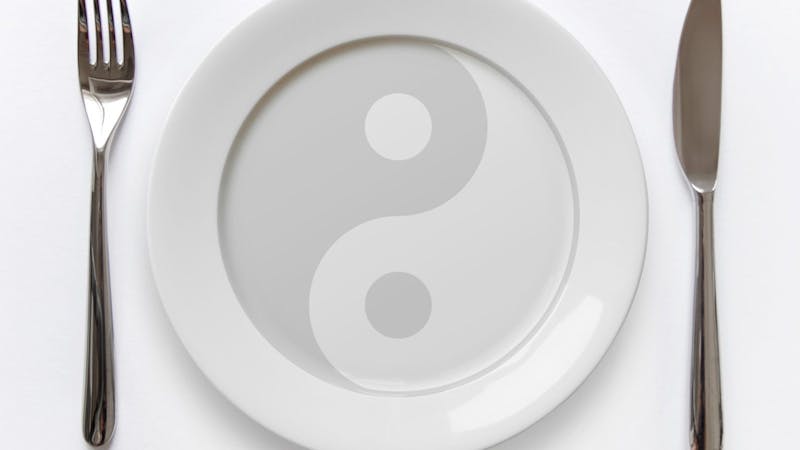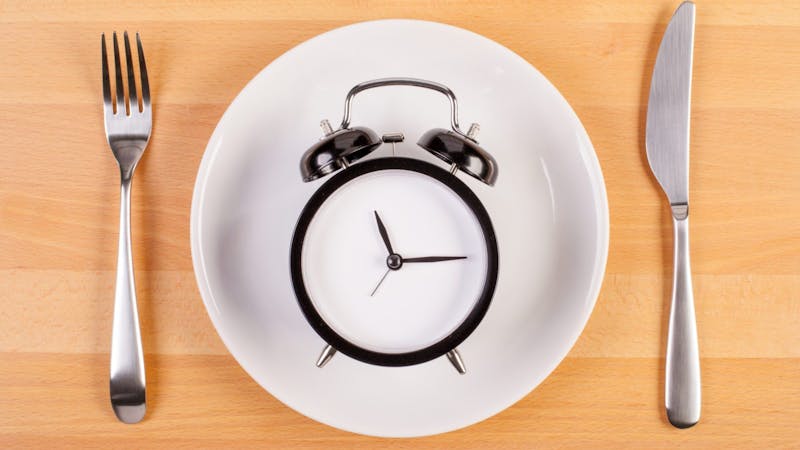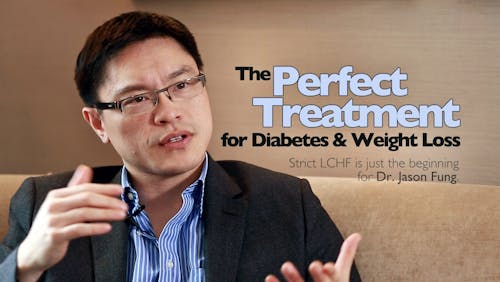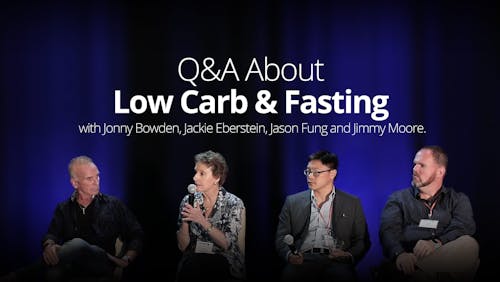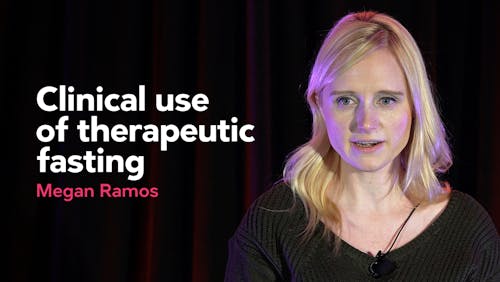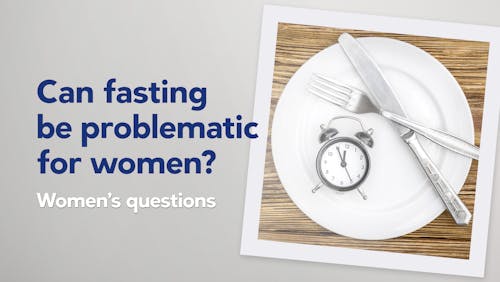What you need to know about OMAD
OMAD — an abbreviation for One Meal A Day — is a popular pattern of eating many are using to lose weight or improve metabolic health. But is it a healthy and sustainable way to lose weight? And is it a healthy long-term lifestyle? This guide will answer these questions and help you understand if OMAD is right for you.What is OMAD?
Simply put, OMAD means eating one meal in a day. It doesn’t specify what you eat, or even what time you eat. It simply directs you to eat once.
OMAD is the longest form of time-restricted eating, equivalent to a 23:1 fast (fasting for 23 hours and eating in a 1-hour window). In its purest sense, OMAD doesn’t dictate calorie restriction or specific macronutrient composition. That said, we encourage you to continue your healthy, low-carb diet at that meal. And be sure to keep reading to the end for other practical tips for eating OMAD.
Benefits of OMAD — clinical experience
Clinicians experienced in prescribing intermittent fasting and low-carb nutrition frequently use OMAD as a tool to help with weight loss stalls. When a patient is eating low carb but isn’t losing weight as expected, temporary use of OMAD can help kick-start weight loss. You can read more about addressing weight loss stalls in our evidence-based guide.
Many who eat an OMAD pattern do so for the ease of preparing food and eating just once each day. This can be especially helpful for those who travel frequently, perform shift work, or have hectic and busy schedules.
Think about how much time you spend planning, shopping for, and preparing meals. (And we haven’t even mentioned dealing with dirty dishes.) If you eat three meals per day, how much time could you save cutting that by two-thirds?
As a form of time-restricted eating and intermittent fasting, OMAD may help reduce hyperinsulinemia, control diabetes and improve metabolic syndrome.
Some see OMAD as an “easy” way to reduce calorie intake. When you only allow yourself to eat in a 30-to-60-minute time window, it is physically difficult to exceed your daily calorie needs. It’s not impossible (just ask hot dog speed-eating champion Joey Chestnut, who can eat more than 10,000 calories in 10 minutes) but it sure is challenging. For those who benefit from a firm schedule that restricts snacking, OMAD can be the strategy that works best. (Of course, “easy” is in the eye of the beholder!)
Concerns about OMAD
Eating disorders
Any eating pattern that promotes a cycle of food restriction followed by extra food consumption can trigger disordered eating behavior in susceptible people. So if you have a history of an eating disorder, you should probably avoid OMAD.
Chronic caloric restriction
Creating an environment in which you naturally reduce caloric intake is one of the clinical benefits of OMAD. The other side of that coin is that it can be difficult to obtain adequate calories if eating OMAD long-term, without interruption. OMAD can then start to look a lot like chronic caloric restriction. Although chronic caloric restriction helps with initial weight loss, it poses long-term concerns because it tends to lower resting metabolic rate, which makes weight loss very difficult to maintain.
Inadequate protein intake
Just as OMAD promotes caloric restriction, it can also lead to protein restriction. Since protein helps you feel full and satisfied, it can be difficult to eat your entire daily requirement in one sitting.
Excessive carb intake
If you are trying to consistently remain in ketosis, we recommend restricting net carb intake to less than 20 grams per day. But in general, we also advise that you spread out your carb intake so each meal has no more than 10 grams. With OMAD, you eat only one meal, so you could theoretically eat all 20 grams of carbs in one sitting. While that is still compatible with a keto diet, those who are highly insulin resistant may respond to a 20-gram carb load with a rise in glucose and insulin levels ultimately leading to a decrease in ketone levels.
GI upset and diarrhea
Some find the consistent cycle of no food followed by a large amount of food causes abdominal discomfort and even diarrhea. Although it’s hard to estimate how many OMAD eaters experience this, our clinical expert panel considers it uncommon but not unheard of.
Taking medications with food
For those who need to take prescription medications with food more than once per day, OMAD presents a significant hurdle. If this is the case for you, discuss with your healthcare provider if other options exist. If not, then OMAD is likely not safe for you.
Exercise
Some people find it difficult to exercise while fasting. If you are active, this would make following an OMAD pattern challenging. However, we encourage you to at least try fasted exercise. Research and clinical experience suggest fasted exercise is safe and effective for weight loss, even if it isn’t proven to be better than fed exercise.
Warning signs
Many people do well – even thrive – with time-restricted eating and intermittent fasting. Others are more susceptible to side effects. Feeling a little hungry and a little low in energy are expected. But feeling unwell, extremely fatigued, dizzy, nauseated, or having other severe side effects are abnormal responses to intermittent fasting and OMAD. If you experience any of these severe side effects, OMAD is likely not the best choice for you. You can work with your doctor to determine if any changes (like shorter fasting regimens or greater adaptation to fat burning through reduction of dietary carbohydrates) could make it an option in the future.
What does the science say?
The body of literature regarding intermittent fasting and time-restricted eating is growing, seemingly on a weekly basis. The problem is that different studies investigate different protocols.
For instance, one study showed that a 14:10 time-restricted eating pattern can promote weight loss and metabolic health.
Other studies suggest longer fasting windows have a net benefit, although none capture OMAD eating perfectly. For instance, a pilot study showed that, in obese patients with diabetes, two weeks of eating within a 7-hour window (17 hours of fasting) reduced fasting and postprandial blood glucose when compared with eating within the baseline 12-hour window (12 hrs of fasting).
Closer to a standard OMAD, a 2009 crossover study compared eating 3 meals per day to eating the exact same food allotment in a 20:4 eating window.
While the authors warned about the higher LDL, looking further we see that the total cholesterol-to-HDL ratio remained about the same (3.5 for time-restricted eating vs 3.4 for 3 meals/day), while the TG:HDL ratio was slightly better in the time-restricted eating group (1.5 vs 1.8). Although we can’t definitively state that the higher LDL is no cause for concern, there is evidence suggesting that high HDL and low triglycerides may predict lower cardiovascular risk, even in the setting of high LDL.
Overall, it seems reasonable to extrapolate these data to OMAD and predict that it may provide similar benefits – at least in the short-term. But we still don’t know if the benefits would persist with long-term, daily OMAD. Because of this uncertainty and the lack of long-term data, we are hesitant to recommend daily OMAD. This is where alternate-day fasting becomes an attractive option.
Alternate-day fasting appears to address concerns about excessive chronic caloric restriction because every other day is characterized by “normal” eating, with zero or severely reduced calories on fasting days. One short-term study compared ADF to daily caloric restriction and found it delivered similar benefits for weight loss and body composition with less of a reduction in adjusted resting metabolic rate.
A longer one year study in patients with type 2 diabetes showed that one day of consuming 500 calories followed by two days of normal eating produced HbA1c improvements similar to those observed during chronic caloric restriction.
While neither of these studies proves that long-term alternate day fasting is healthy and sustainable, the data are suggestive that OMAD can be incorporated into a healthy, sustainable eating protocol.
“Best use” of OMAD
OMAD appears to be a powerful tool to help with weight loss and metabolic health. That said, we caution against chronic daily use of OMAD for all the reasons outlined above. Instead, for those who may benefit from more pronounced time-restricted eating, using OMAD one to three times per week, on non-consecutive days, could be an effective tool. This is not a science-based protocol with plenty of high-quality evidence, but is instead based on the existing evidence plus clinical experience.
Just remember, OMAD is not a license to eat whatever you want. What you eat for your one meal still matters. We recommend you stick with your low-carb plan on OMAD and non-OMAD days alike. In fact, clinical experience suggests that a well-formulated low-carb diet makes intermittent fasting and OMAD easier to do by reducing hunger and cravings.
Here is a sample week utilizing OMAD:
- Monday: eat two meals with 16:8 time-restricted eating, targeting 1,800 calories.
- Tuesday: OMAD, around 1,200 calories (assuming a standard 1,800-calorie intake). Aim for 30% protein (105 grams), 10 grams carbs and 85 grams fat. Some may find this volume challenging. If so, consider lengthening your eating window so that you eat a “snack” of nuts and cheese and then, an hour later, eat your full meal.
- Wednesday: eat two meals with 16:8 time-restricted eating, 1,800 calories
- Thursday: OMAD, similar to Tuesday
- Friday: eat two meals with 16:8 time-restricted eating, 1,800 calories
- Saturday: free day to eat how your social schedule dictates (just stay on your low-carb plan!)
- Sunday: OMAD, similar to Tuesday
Summary
So, is OMAD a healthy and helpful tool for weight loss and metabolic improvements? Yes, it can be. But use it wisely and pay attention to your calorie and nutrient needs.
If you can incorporate it into a healthy pattern of time-restricted eating and low-carb nutrition, you may be well on your way to achieving your health and weight goals.
Intermittent fasting


